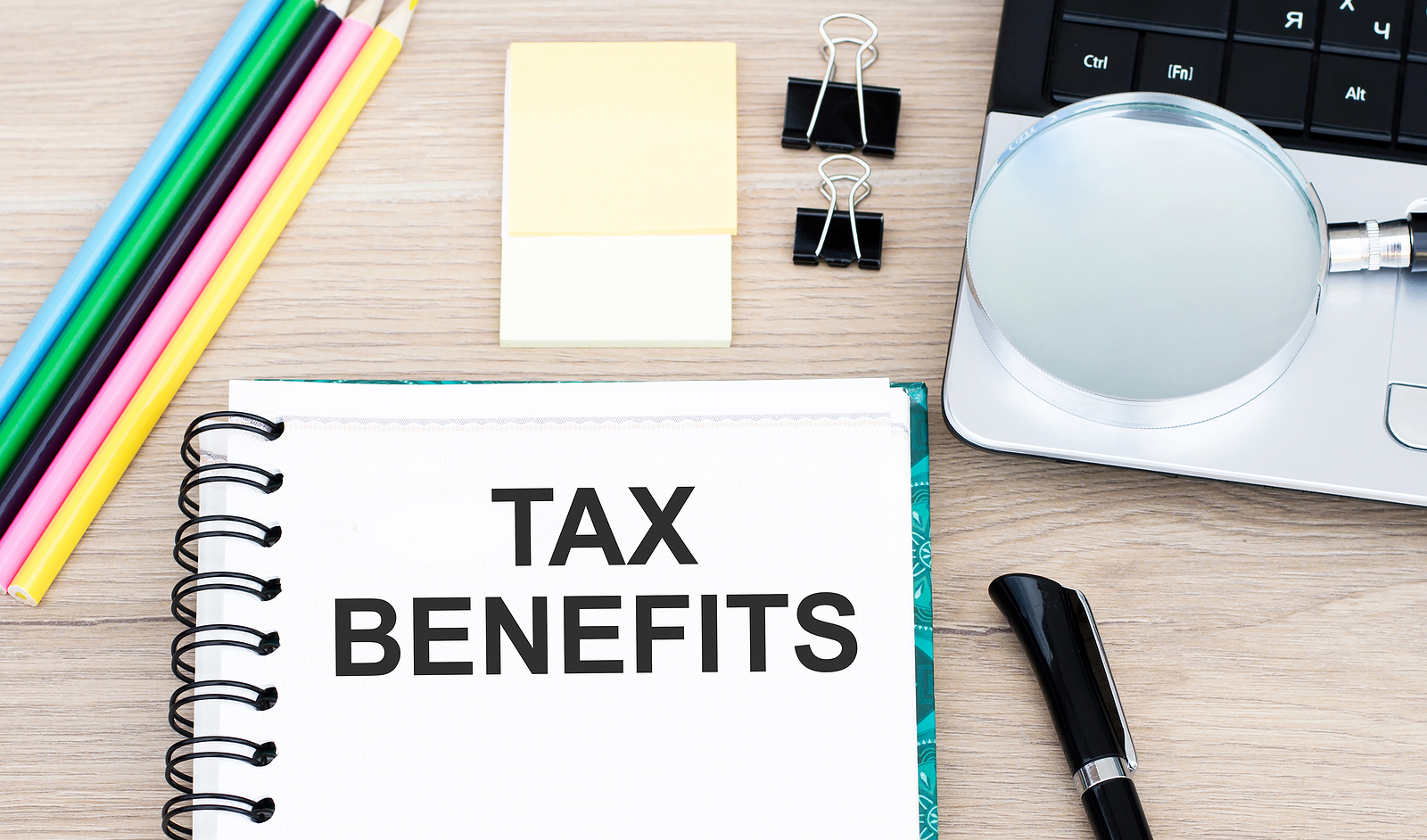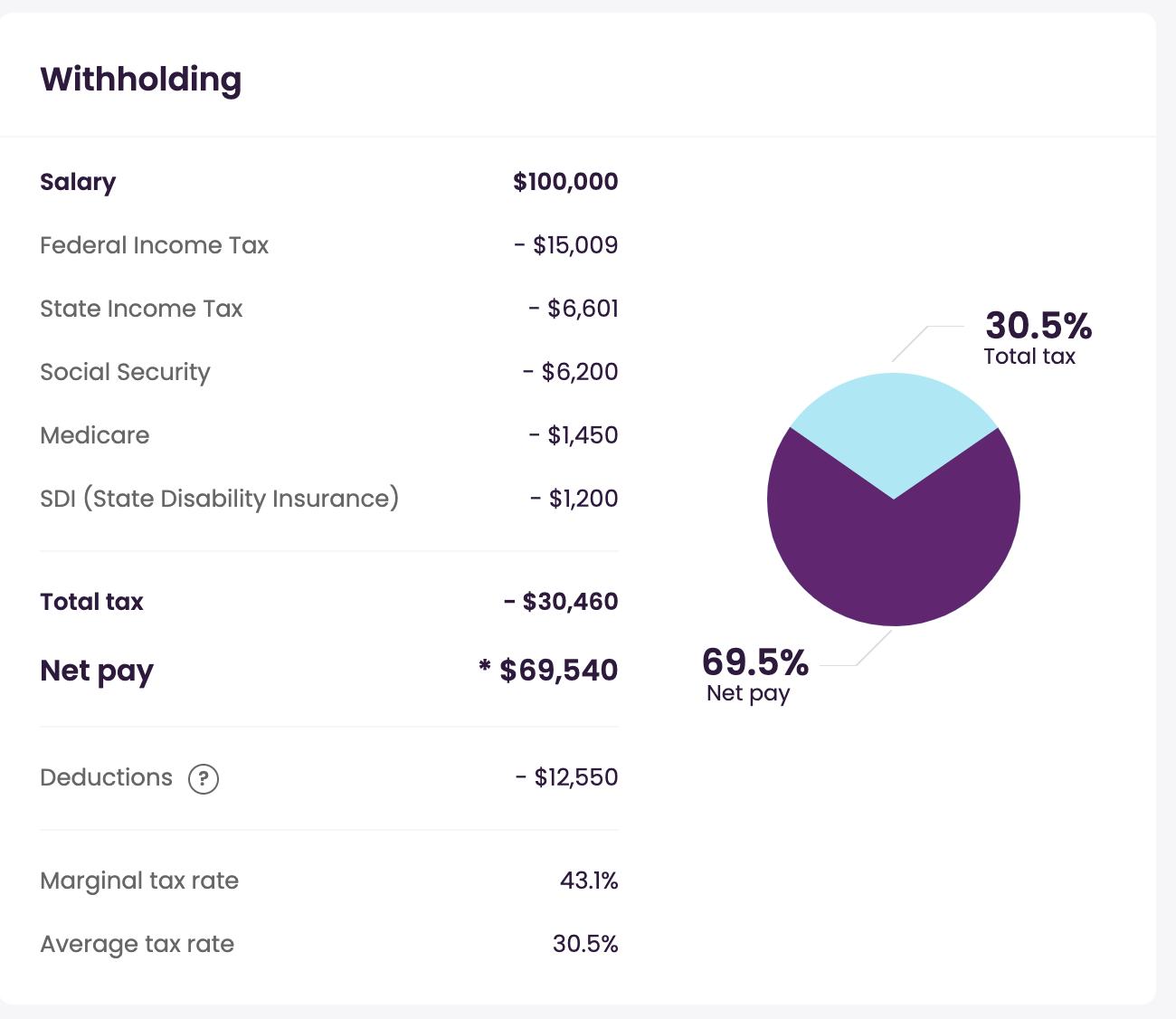My 20s are admittedly mostly a blur. I graduated college at 21 and lived in Newport Beach. After college, I traveled through Europe for 6 weeks and went to 9 countries and 13 cities with a backpack and my buddy Will from high school. It was a pretty epic trip. If you ever have a transition in your life and you have time to take a trip, get a backpack and a Eurorail pass and just go. You won’t regret it.
MY FIRST REAL J-O-B
After I returned, I started my job at an engineering consulting firm. Our company’s largest client was Chevron and we basically ran permits and pre-construction tasks for gas stations and conversions from the old service/oil bays to the new Foodmarts they have today. I started off just running to building departments and planning departments dealing with permits for project managers, but pretty soon I was running projects. I got promoted a few times over the first few years and the people at the company were hilarious and fun. It was still a job, but at least it was fun. Money-wise I did okay, but the real benefit I received was running multiple projects and multiple tasks at once. This was a huge skill when I started my web design company and had to deal with numerous clients and projects at once.
The one thing I can say today is that through all of the years and jobs and companies, I was always able to learn at something new. My first paper route (when people actually read newspapers) taught me how to run my own little business. I had to collect money for the paper and pay the newspaper company and make sure everyone got their papers on time. I had to deal with customer service (when a paper landed in some bushes). I had to learn responsibility and get my arse out of bed every day at the crack of dawn to get those papers out and on the weekends when everyone else could relax. The engineering company taught me how to prioritize projects and tasks and work with multiple people over different companies and agencies.
MY FIRST COMPANY
The time I spent working at the engineering company coincided with the rise of the internet, around the mid 90’s. The more I learned about the web, the more I realized that it was going to change lives and provide an opportunity for me to create something. My buddy from college wanted to start an online magazine for colleges and neither of us knew anything about the web, but we started ZERO Magazine anyway. To be clear, I knew nothing about the internet, how to design in it, nor how to code in it. So, I started researching and figured it out. I self taught myself how to build web sites, how to host them and then learned Photoshop to create the graphics I needed to add to the sites. Admittedly, my first web sites were not amazing, but it didn’t matter. People were paying $100,000 for crappy web sites at the time.
MAGAZINE FAIL – WEB BUSINESS KIND OF FAIL
We worked on the magazine web site for a little while, but it never gained a lot of traction. As I kept learning how to design, I decided to start building web sites for companies. My friend decided to sell web sites and I quit my job at the engineering company to work full time on web sites. There was only one problem. My buddy wasn’t very good at selling web sites. He must have told me 10 times that he was ready to sign some deals and they were closing. Then, days went by and weeks and months and we barely had a few projects; definitely not enough to squeeze out a meager living. So, with no money and rent due, I had to figure something out quick. I lived in Orange County and ended up getting a job with another friend all of the way up in Glendale (about an hour and a half away with no traffic) for IHOP corporate. I got $15/hour to create marketing materials and graphics and worked on employee manuals. It was a big step back in earnings from the engineering company, but I learned more and more about web design and graphic design and picked up how to design using software for laying out print materials. I never took classes. I was self taught.
After IHOP, I still didn’t have enough web business to make a living so while I worked on my business, I got another job at a company that competed with TicketMaster and sold tickets for sporting events and concerts. I ran an affiliate program and tried to get web sites to add links to concerts and events we had tickets for in exchange for commissions on sales that came from their web sites. That company paid me a salary and commission on deals I brought to the table. If I was more of a hustler, I probably would have done a lot more sales on my own for my web business and made enough money to live without working for the man. I continued to get better at web design and continued to bring in small clients while I worked for the ticketing company. Well, that is until they found out I was doing projects at work and I got fired.
NEXT STOP – WARNER BROS
The internet was blowing up after I lost that job and was unceremoniously walked out the door. For the simple reason I had “entertainment” and “internet” listed somewhere in my resume, I received a call from Warner Bros. They wanted me back up in Glendale to work on an internet division called Entertaindom. They thought I would be a perfect candidate to manage a division for double my previous salary, LOL. Obviously, companies were pretty desperate for internet “experience” and were paying a lot for anyone who had any experience. How could I pass up working for Warner Bros? Again, I was commuting every day, but they let me come in at 10am and leave later so I didn’t sit in traffic.
At that job, I started meeting other industry people and wound up with a deal with Warner Music through my side web design business. I designed web sites for Enya, Stevie Nicks and Reprise Records along with some smaller musicians. I got paid a lot to do those projects and with my salary from Entertaindom, I had enough to buy my first real estate property, a condo in Orange County.
BACK TO ORANGE COUNTY
I started to get tired of the drive to Los Angeles and I wasn’t going to move there. On top of that, as I discussed the entire business model behind Entertaindom with other people who worked there, I realized it wasn’t going to take long before their model was going to fail. As it turned out, I left that company right before the dotcom crash in 2000 and Warner Bros folded that division soon after. At Entertaindom, I picked up a new skill; managing people and a lot of drama between said people.
After leaving Warner Bros, I took a job managing the web division of a software company called Sage Software. Well, I thought I was managing the division. It turns out, all of the decisions were made in the UK and I was just an order taker and more of a production guy brought in to make web site changes. That was boring so while I got paid a really good salary, I kept the job and worked on my side projects while I waited for directions from the UK. After a year, the company found my side project files on a drive and, again, I was unceremoniously walked out the door. By this time, my web business was starting to make some money. I was averaging about $3,000/month in revenue. It was good enough to pay my bills, but not enough to retire from the workforce.
MY LAST JOB – I’M FREE!
By this time, I had been trying to get my web business going for about 4 years. It was making good side money, but I had to keep going back to work while I grew my revenues. My last job was working for a company called Fancy Publications, the largest pet magazine publisher in the US. They published Dog Fancy, Cat Fancy, Horse Illustrated and about 10 other magazines. I handled all of the web sites for the company. I worked there for about 2 years until a college friend showed me how to market my web business on Craigslist. Two things happened for me, 1) I found a way to generate really cheap leads and grow my web business to about $4,500/month, 2) I discovered I could make passive cashflow from hosting web sites and charging $20/month and only paying about $2/month for each account.
When I left Fancy Publications, I was officially done with the corporate world!
I had enough money from my web business and from cashflow to never have to work for anyone again. I had roommates to share expenses and the money from my business covered my car payments, my rent and utilities and food. I didn’t have a family to support, but I was officially free from having a boss forever. I was 28 years old.
WHAT I LEARNED IN MY 20s
By the end of my 20s, I learned the following:
- Companies gave me free money if I contributed to my 401(k).
- You get fired from companies if they catch you doing side jobs while on their dime
- I could buy a property and pay less money than rent if I had roommates and low monthly payments
- I also learned a valuable lesson in real estate – if you have the money and you can make it work, buy a property. Just make sure to buy a property you can afford and that will allow you to also save and invest
- I learned about passive cashflow with my hosting fees









